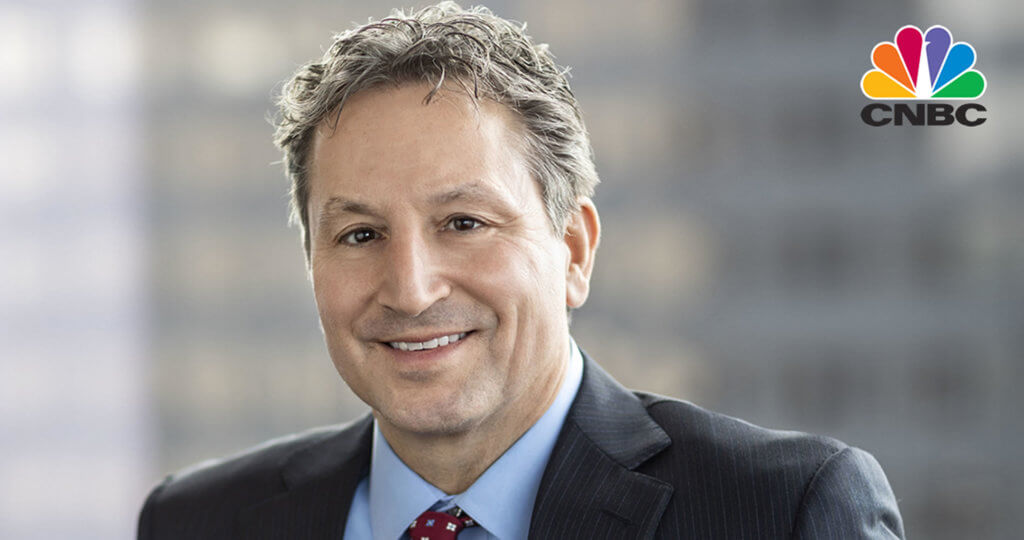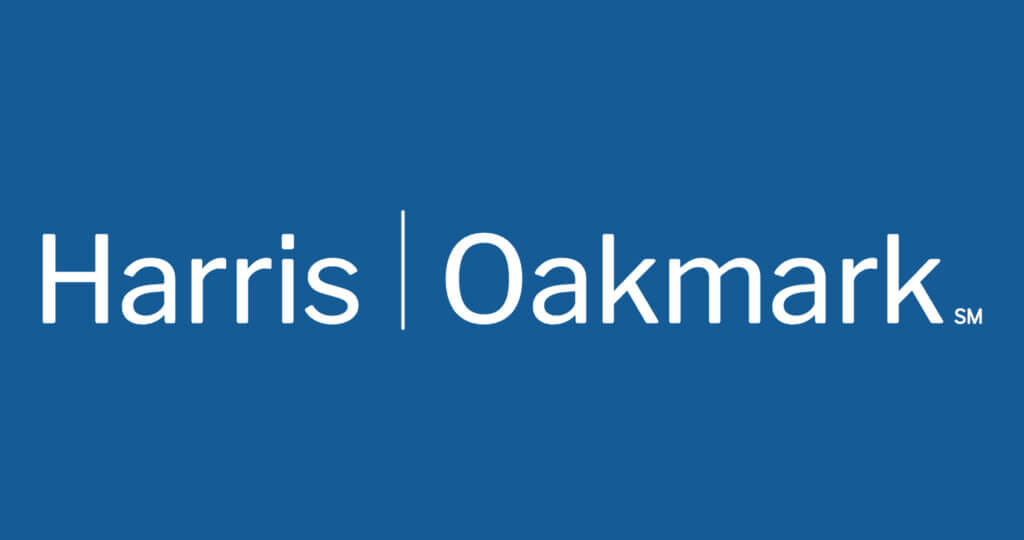Oakmark International Fund - Investor Class
Average Annual Total Returns 06/30/14
Since Inception 09/30/92 11.04%
10-year 10.16%
5-year 17.15%
1-year 20.93%
3-month 1.39%
Gross Expense Ratio as of 09/30/13 was 0.98%
Past performance is no guarantee of future results. The performance data quoted represents past performance. Current performance may be lower or higher than the performance data quoted. The investment return and principal value vary so that an investor’s shares when redeemed may be worth more or less than the original cost. The To obtain the most recent month-end performance data, view it here.
The Oakmark International Fund returned 1% for the quarter ended June 30, 2014, underperforming the MSCI World ex U.S. Index, which returned 5%. Most importantly, the Fund has returned an average of 11% per year since its inception in September 1992, outperforming the MSCI World ex U.S. Index, which has averaged 7% per year over the same period.
Richemont, the world’s second-largest luxury goods firm, was the top contributor for the quarter, returning 10%. Shares reacted positively to fiscal year 2013 earnings, in addition to an increase in the fiscal year 2014 dividend of 40%. Additionally, Richemont saw 6% organic growth in April, or 8% excluding the slowdown in Japan, following the increase in consumption tax. Globally, the jewelry division continues to perform well, as jewelry sales have increased by double digits over last year. Management continues to invest in its jewelry manufacturing capacity due to its very bullish view of the business’s long-term growth prospects from global wealth creation. We believe Richemont has a high-quality inventory of brands and is led by one of the best management teams with which we invest.
Credit Suisse Group, the Swiss-based financial services company, was the largest detractor for the quarter, declining 9%. First-quarter results released in April were mixed. Overall revenues and net profit were less than market expectations, while net new money inflows in the wealth management/private banking and asset management divisions were strong. Margins in wealth management and asset management also expanded. In May, Credit Suisse announced that it settled its U.S. tax evasion case that resulted in a total fine of CHF 2.5 billion (USD 2.8 billion). Credit Suisse was not required to relinquish any of its licenses, and its internal due diligence suggests that no clients have terminated their relationship due to the issue. We are pleased that this situation is finally resolved. Although Credit Suisse’s Tier 1 capital ratio declined to 9.3% based on its first-quarter results, management expects to exceed a level of 10% by current year-end. Management also stated that the company plans to return approximately half of its earnings to shareholders, which is better than the 35% previously announced. Lastly, Credit Suisse issued USD 5 billion of senior debt during the quarter, its first large senior debt sale in three years. Despite its settlement with the U.S. authorities, the deal attracted USD 10 billion of demand. We believe this illustrates that Credit Suisse’s fundamentals are sound and that it is still an attractive investment.
During the quarter we sold our position in Continental as it approached our estimate of intrinsic value. We used the proceeds to purchase Meggitt, a UK-based aviation equipment supplier. We also purchased two other new names during the quarter: Prada, the Italian luxury goods designer and manufacturer; and Safran, a French-based manufacturer of propulsion and aerospace equipment.
Our geographical composition changed slightly over the past quarter. Our European holdings increased to approximately 78%, while our Japan holdings remained unchanged at approximately 14%. The remaining positions are in Australia, North America (Canada), South Korea and the Middle East.
Global currencies were relatively stable during the quarter, but we continue to believe some currencies are overvalued. As a result, we defensively hedged a portion of the Fund’s currency exposure. Approximately 40% of the Swiss franc, 37% of the Australian dollar and 31% of the Swedish krona were hedged at quarter end.
We continue to focus on finding what we believe are attractive, undervalued international companies with management teams focused on building shareholder value. We thank you for your support.
As of 06/30/14, Compagnie Financiere Richemont SA represented 2.8%, Credit Suisse Group 4.9%, Continental AG 0%, Meggitt PLC 0.03%, Prada S.p.A. 0.7%, and Safran S.A. 0.9% of the Oakmark International Fund’s total net assets. Portfolio holdings are subject to change without notice and are not intended as recommendations of individual stocks.
Click here to access the full list of holdings for The Oakmark International Fund as of the most recent quarter-end.
The MSCI World ex U.S. Index (Net) is a free float-adjusted market capitalization index that is designed to measure international developed market equity performance, excluding the U.S. This benchmark calculates reinvested dividends net of withholding taxes using Luxembourg tax rates. This index is unmanaged and investors cannot invest directly in this index.
The Fund’s portfolio tends to be invested in a relatively small number of stocks. As a result, the appreciation or depreciation of any one security held by the Fund will have a greater impact on the Fund’s net asset value than it would if the Fund invested in a larger number of securities. Although that strategy has the potential to generate attractive returns over time, it also increases the Fund’s volatility.
The percentages of hedge exposure for each foreign currency are calculated by dividing the market value of all same-currency forward contracts by the market value of the underlying equity exposure to that currency.
Investing in foreign securities presents risks that in some ways may be greater than U.S. investments. Those risks include: currency fluctuation; different regulation, accounting standards, trading practices and levels of available information; generally higher transaction costs; and political risks.
The discussion of the Fund’s investments and investment strategy (including current investment themes, the portfolio managers’ research and investment process, and portfolio characteristics) represents the Fund’s investments and the views of the portfolio managers and Harris Associates L.P., the Fund’s investment adviser, at the time of this letter, and are subject to change without notice.







